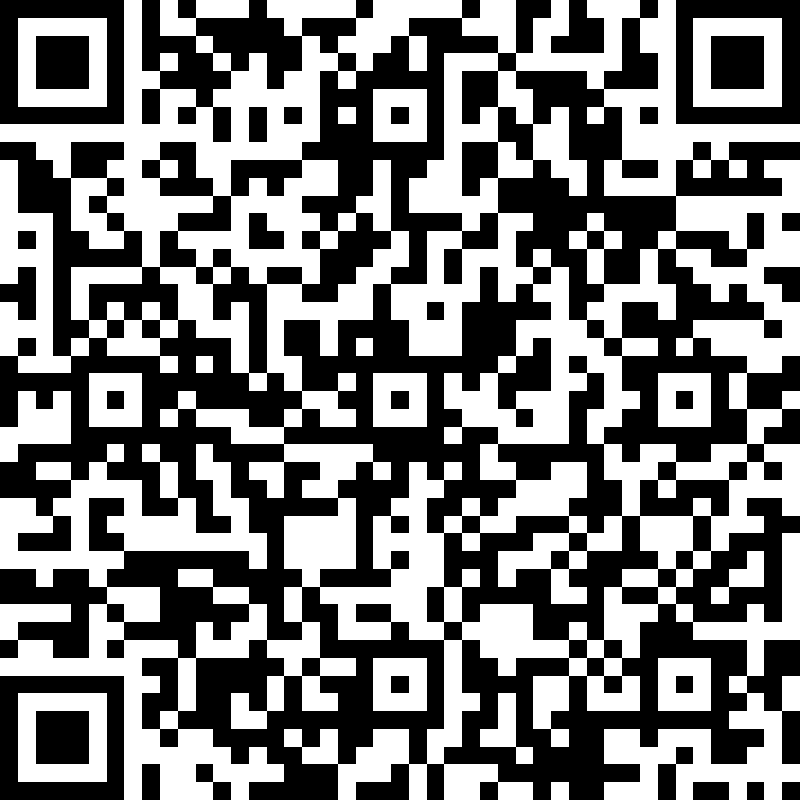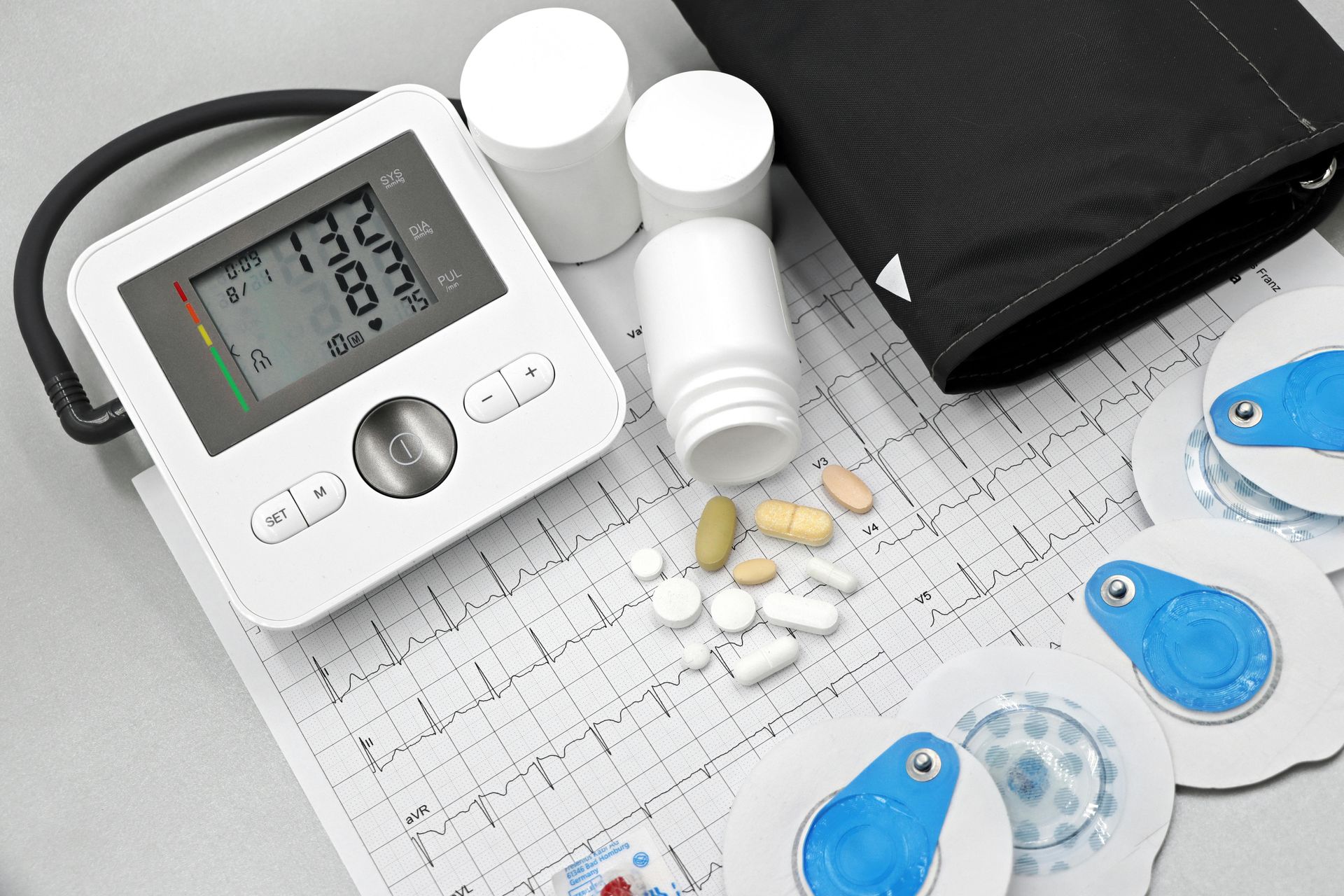Mohamad-Ali Salloum is a Pharmacist and science writer. He loves simplifying science to the general public and healthcare students through words and illustrations. When he's not working, you can usually find him in the gym, reading a book, or learning a new skill.
A new COVID-19 medication so good that it allowed scientists to stop trials early!
Share
The molecule is called “Sabizabulin”, and the manufacturer is called “Veru”, an oncology biopharmaceutical company that is based in USA.
This medication was being tested in moderate and severe COVID-19 cases, and it worked! The results show that it has the potential to cut the virus’s mortality rate by more than 50%.
Note that the Mortality rate is a measure of the number of deaths in a particular population per unit of time.
Usually in clinical trials, the study team perform an interim analysis, which is a statistical analysis done on the data at some point during the study to see if they continue with the trial or put it down. If the results are positive, the clinical trial continues recruiting more patients to reach its target. If the results are negative, the clinical trial may be terminated if it is clear that the study drug is not superior to the standard therapy/placebo.
This study was randomized, double-blinded, placebo-controlled phase 3 Covid-19 clinical trial. Patients in both treatment groups were allowed to receive standard of care including remdesivir, dexamethasone, anti-IL6 receptor antibodies, and JAK inhibitors. Placebo group (n=52) had a 45% mortality rate compared to the sabizabulin-treated group (n=98) which had a 20% mortality rate. The interim analysis results were so good that it was unethical to continue giving the patients a placebo.
An Independent Data Management Committee (IDMC) recommended the study to be stopped early due to overwhelming evidence of efficacy. The article published stated that Sabizabulin showed statistically and clinically meaningful 55% reduction in deaths compared to Placebo in Moderate-Severe hospitalized patients (p=0.0029).
Regarding its safety profile, the medication was well tolerated, and no safety concerns were identified.
The next steps is that Veru will meet with FDA to seek Emergency Use Authorization. This means that the medication may be available in the market in the next few months.
Gary Barnette, PhD, Chief Scientific Officer of Very has stated that “What makes these findings more relevant is that the pharmacological activity of sabizabulin is independent of COVID-19 variant type.”
As a summary:
| Drug Class | Bis-Indole |
| Mechanism of Action | It binds to the "Colchicine binding site" of Alpha and Beta tubulin and inhibits tubulin polymerization at low nanomolar concentrations. |
| Used as | Anti-Viral, Anti-Inflammatory |
| Route of Administration | Oral |
| Dose | 9 mg |
| Safety Profile | Well tolerated |
List of Services
ABOUT THE AUTHOR
Mohamad-Ali Salloum, PharmD
Share
Recent articles:





















